Top 6 Unique Fermented Indian Superfoods
This raging pandemic has managed to bring down the entire world on its knees. However, the bright side to this is that people have started taking their health seriously now. Most are now aware that leading a healthy lifestyle has great benefits and are focussing on various factors that help in achieving and maintaining good health. People have consciously started moving towards eating whole grains, greens, fermented foods, and natural food items and avoiding the processed ones.
Food aficionados, nutritionists, and health experts have been debating a lot over fermented foods and their health impact. Fermented foods are rich sources of B vitamins as well as K2. Fermentation is a naturally occurring anaerobic process, during which, microorganisms, such as yeast and bacteria break down the carbohydrates present in the food into organic acid, alcohol, and gases. This method helps in preserving the food items while at the same time adding to it a host of bacteria that improves gut health and immunity. These beneficial properties not only qualify fermented Indian foods as superfoods but also foods that should be a part of your everyday meal.
Now, that we have learnt how important fermented foods are, let’s take a look at their many types and some unique fermented food items that are found only in India!
Table of Contents
Fermented Foods and their Types
Fermented foods have been a significant part of traditional Indian cuisine, irrespective of the state you are in. They are made from a variety of ingredients as well as colorful fruits and vegetables. Largely there are 7 types of fermented foods:
- Made from cereals and/or pulses – Idli, dosa, Ambala, nan, pazhaya, etc.
- Buttermilk based including cereal/pulses – Kadi, Kulu, Mor Kuzhambu, etc.
- Fermented sweets and snacks – Tiskari, jalebi, Bhatura, Torani, Changpa, Thuktal, etc.
- Made from milk – Curd, Philuk, Somar, Chhu, Chirpin, etc.
- Made from unripe fruits, bamboo shoots, vegetables – sauerkraut, Iromba, Meshu, Goyang, Gundruk, Sinki, Khorisa-Tenga, etc.
- Made from meat products – Yak Satchu, Hentak, Lona Ilish, Uttonggari, etc.
- Made from pulses – Bedwin roti, dhokla, khaman, Madrah, wadi, Bekanthu, Hawaijar, etc.
6 Indian Fermented Superfoods
#1 Enduri Pitha
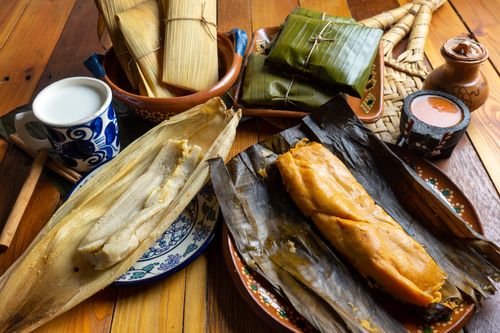
This is a food item native to the state of Odisha. It is prepared at the time of the prathamastami festival from black gram and parboiled rice. The two ingredients are ground together to make a batter which is then fermented. The batter is then spread over a turmeric leaf and steamed. The food is easy to digest and can be eaten by people of any age group.
Nutritional Quotient
100 grams of Enduri Pitha contains:
- Carbs – 47.35 gms
- Proteins – 7.13 gms
- Fat – 4.04 gms
- Fibre – 2.95 gms
Consumed during the winter season it is protein rich, gives energy and strengthens the body’s immune system.
#2 Hawaijar
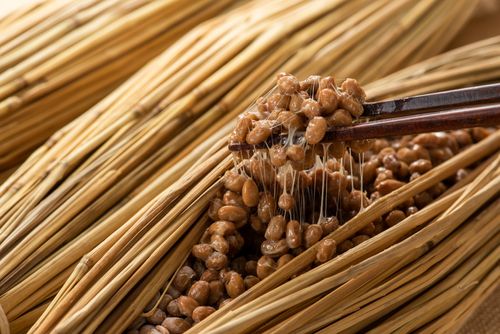
Made from soybean, Hawaijar is a rich source of protein. This food item is typically consumed in the state of Manipur. It has a peculiar flavor and is quite sticky. One of the microorganisms responsible for the fermentation is Bacillus spp, which helps in regulating inflammation in the body. The dish is prepared by fermenting cooked soya beans in banana or fig leaves which is kept in a closed bamboo basket for 3-5 days. Due to its high protein content, the food is recommended for adults and children over the age of 10.
Nutritional Quotient
100 grams of Hawaijar contains:
- Carbs – 9.4 gms
- Proteins – 43.8 gms
- Fat – 1.75 gms
- Fiber – 5.56 gms
#3 Gundruk
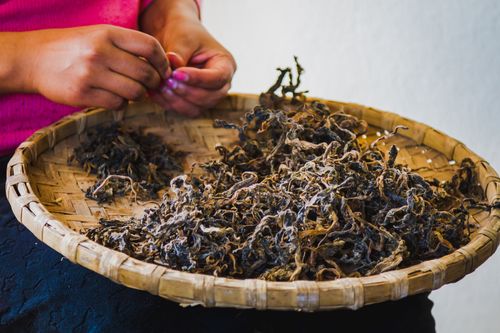
Though traditionally from Nepal, this dish is very commonly consumed in the North-Eastern states of Arunachal Pradesh, Assam, and Meghalaya. Gundruk is made from fermenting leafy veggies such as mustard leaves, cauliflower, greens, and radish leaves and is used as a side dish. Farmers allow the green leaves to wilt for a day or two and then pound them with a little water, squeeze them and finally pack them away in tight-lidded jars for a few days to ferment. When it is suitably fermented the leaves are taken out and dried in the sun and used. This process makes the leaves rich in microorganisms as well as potassium, calcium, and sodium.
Nutritional Quotient: 1 gram of Gundruk contains:
- Carbs – 48%
- Proteins – 49%
- Fat – 3%
#4 Dahi (Indian Yoghurt)
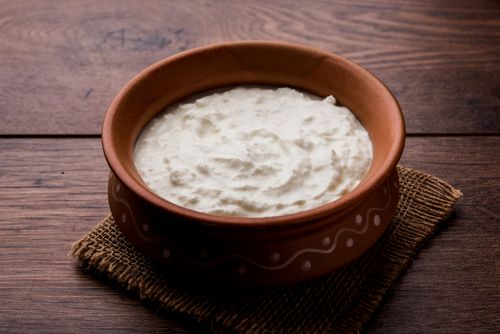
Found in every Indian household, Dahi is prepared by naturally fermenting cow or buffalo’s milk. It is a rich source of folic acid, riboflavin, vitamin B-complex, and lactic acid bacteria. Used in the daily diet, it is rich in probiotics or good bacteria thereby improving gut health. It further impedes the growth of E. coli and other bad bacteria in the gut.
Nutritional Quotient
100 grams of curd contains:
- Carbs – 4.7 gms
- Proteins – 3.5 gms
- Fat – 3.3 gms
- Water – 88%
Several studies have indicated that probiotic bacteria help in improving the immune system and lower cholesterol levels.
#5 Dhokla
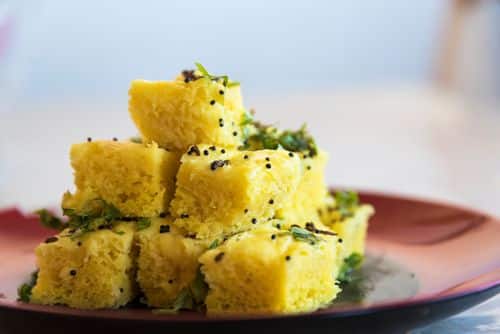
A traditional fermented food, Dhokla is a staple food item of Gujarat. It is prepared using Bengal gram and/or rice. Rice and pulse flour is fermented with curd and then steamed. The resulting item is airy and spongy. The process of fermentation increases the antioxidant property of making it easily digestible and suitable for diabetics as well. It helps in combating age-related diseases and diabetes.
Nutritional Quotient
100 grams of dhokla contains:
- Carbs – 16 gms
- Proteins – 6.8 gms
- Fat – 7 gms
- Fiber -2-8 gms
#6 Sel roti
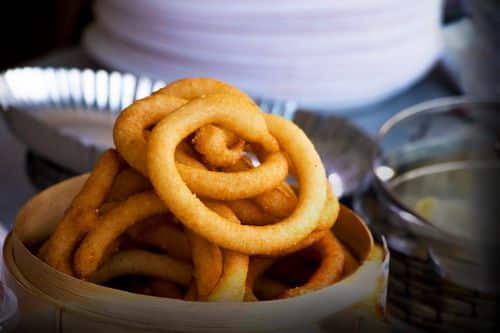
It is a ring-shaped fermented food eaten in Sikkim and Darjeeling and prepared from locally grown rice which is soaked overnight in cold water. The soaked rice is then pounded and mixed with sugar, wheat flour, butter, and condiments such as cardamom, nutmeg, and clove. The mixture is then kneaded into a dough and left for fermentation. Sel Roti is similar in nutritional quotient to idli and is a good source of digestible proteins.
Nutritional Quotient
1 Sel Roti contains:
- Carbs – 30.9 gms
- Proteins – 3.2 gms
- Fat – 3.6 gms
- Fibre – 1.1 gms
Summary
The traditional Indian cuisine is inundated with a variety of fermented food items made from varied raw ingredients. These food items are packed with nutrients and essential vitamins and minerals. It helps in boosting your body’s immune system and fighting common diseases such as cold, indigestion, obesity, and many other ailments. So, what are you waiting for? Go ahead and include these unique fermented food items in your diet and reap the many benefits.
Frequently Asked Questions (FAQs)
A. Yes, fermentation does increase the nutritional quotient of certain food items. Additionally, it improves the availability of vitamins and minerals for absorption in the body.
A. Yes, as most complex carbs and sugars get broken down during the fermentation process, it makes the food easily digestible.
A. The immune response of the body draws a lot from your gut’s health. Consuming fermented food items rich in probiotic bacteria makes your gut strong, which in turn reflects in the immune response of the body.
A. The gut is filled with neurons that can have a direct influence on a person’s emotions and feelings. Thus, a healthy gut means a better and happier mood.
